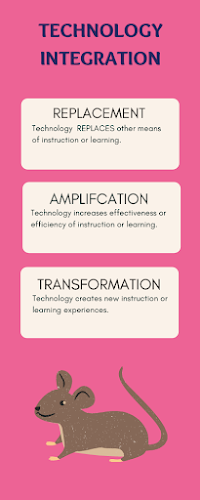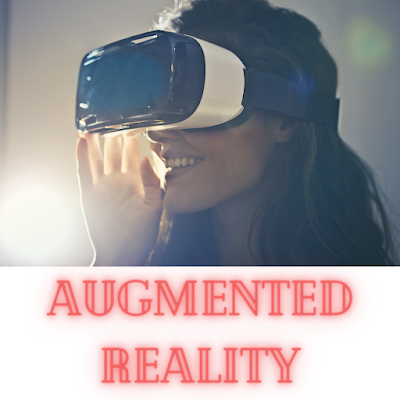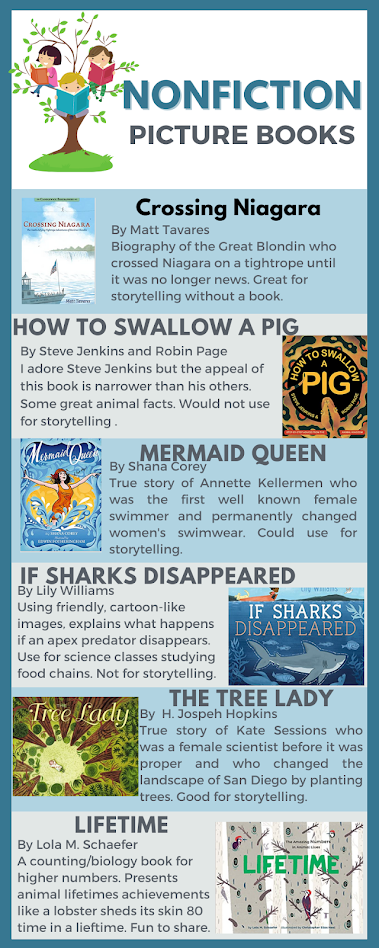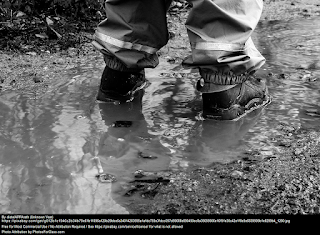3D Printers in the Classroom (SLIS 761, post #4)
Technology in schools is both a necessity and an inspiration. And the best technology integration plans acknowledge both roles. Consider Hughes' R.A.T. model of technology integration ( it was designed to help teachers develop a framework for their"growing competencies in technology integration"). According to Hughes, the transformation step is the most elusive.
I think I've found a technology for classrooms that will almost always be transformational-3D Printers. Students' learning processes while using the printers will change: they will be more involved, they will be required to think creatively, and they will be forced to accept failure sometimes and then problem solve. Teachers will also be required to alter their instructional practices. They will have to move from a knowledge-sharing role to a learning-along-with-you role because 99% of teachers will not be able to predict how all printed models will turn out. Let's start with some basics.
What is a 3D printer? A 3D printer prints three dimensional objects from a digital file. It uses an additive process, which means the object is created by adding successive layers of a material down until the object is created. You can create your own object to print or you can download a file from one of the existing 3D libraries (available as subscription or open source). Check out Thingiverse by Makerbot to see one popular mostly open source digital file sharing site for 3D printers.
Why should a school consider a 3D printer? 3D printing is exciting. It allows visual learners to understand and everyone to engage. It teaches failure and troubleshooting (end results are not always what was expected). It inspires creativity. Currently, 3D printing is being used in many fields including: prosthetics, fossil reconstruction, archeology, design (furniture, shoes, eyewear), architectural models, engineering. Many colleges offer majors in 3D printing or include 3D printing as a competent of engineering or design majors. 3D printers are not technology that most kids will use in their home so it provides a unique opportunity for educators to apply learning in new ways (transformative!).
What should a school consider before purchasing a 3D printer? Obviously, there is a cost. 3D printers are not cheap and the cost of buying new filaments (the material the printer uses to create is) must be considered. 3D printers can often be purchased with grant money.
Learn about the printers before purchasing. Ask around. Do research. Learn words like print volume, nozzle height, filament (including third-party filaments), spatula, build plate, slicer, bed level. Think about where the printer will be located and if students or staff will be retrieving finished objects (many need to cool). If it will be in a classroom, consider the noise level.
Schools also need to get an expert. At least one, preferably two, staff members need to be trained to use the 3D printer (ideally a tech teacher or librarian is one of them). There is a learning curve with 3D printers. Someone has to manage the printing queue and change filament colors for different projects and troubleshoot. Some of the 3D printing companies, like Makerbot, sell specifically to schools. They offer hundreds of well designed lessons for the printers, training courses for teachers and students.
Here's an article from the ISTE on what to consider before purchasing a 3D printer. It is a few years old but has great points. 3D Printers: A Buyer's Guide
A list of possible grants to fund your 3D printer (you will have to make an account): MakerBot Free 3d Printer grant guide
Here's a youtube video of someone demonstrating many uses of the Dremel
Below you can see an image of the popular Makerbot 3D Sketch printer. It is 17 in (H) x16.6 in (W) x 18.23 in (D).
What are examples of lessons that can be done with 3D printing? There are many sites of lessons with 3D printers on the internet. But I know you want to be inspired so consider these:In science, have your kids create their own bubble wands or after learning about insect traits, have them design their own bugs. (Tip: to keep costs and printing time down you can have kids design in groups). In geography, print out a topographical map as a way of learning landforms. In history, print suits of armor, the Rosetta stone or some other artifact. For the robotics team, print a part that is needed. Design and build bridges or print out models of existing bridges and compare their structure.Tell me more
Want more ideas? More whys or hows? Websites for lesson plan? Technical support? Check out Kathy Schrock's 3D Printing in the clasrroom She links all things 3d printer and is a great starting point. I did find that a few of her links are dead, but 90% of them work.
One more website to check out if you do have a 3D printer--Tips for how to effectively manage a 3D printer in a classroom from Edutopia: Year One with 3D printer: 17 tips and longer video called
R.A.T. model. Dr. Joan E. Hughes | TechEdges | Technology Integration Research. (2016, June 24). Retrieved February 17, 2022, from https://web.archive.org/web/20190612101737/https://techedges.org/r-a-t-model/





Hi Laura,
ReplyDeleteI am definitely one of those people who think 3D printers are cool and interesting, but at the same time I am absolutely intimidated with the idea of using and maintaining one at school. I really like how you pointed out specific words and terms to know related to 3D printers, and how you encouraged people to do their own research before deciding which company or model to go with. Makerbot having already curated lessons and selling mainly to schools and educators sounds like a great place to start investigating! I like that you mention two staff members should be trained on the printer's use. We have one at school right now, but only one teacher knows how to use it, and they are retiring this year!
I am definitely going to bookmark the resources you have included and return to them for my own investigating. Our library does not currently have a makerspace or anything similar, and I think 3D printing could be a great addition when we do create one.
Ann
Hi Ann, If the one teacher who knows how to use the 3D printer is retiring, ask him/her to teach you. Maybe the printer can be moved to the library? What an opportunity for you!
Delete